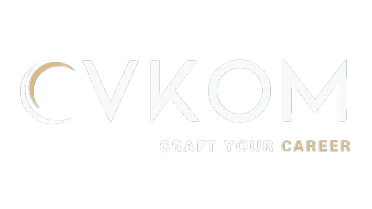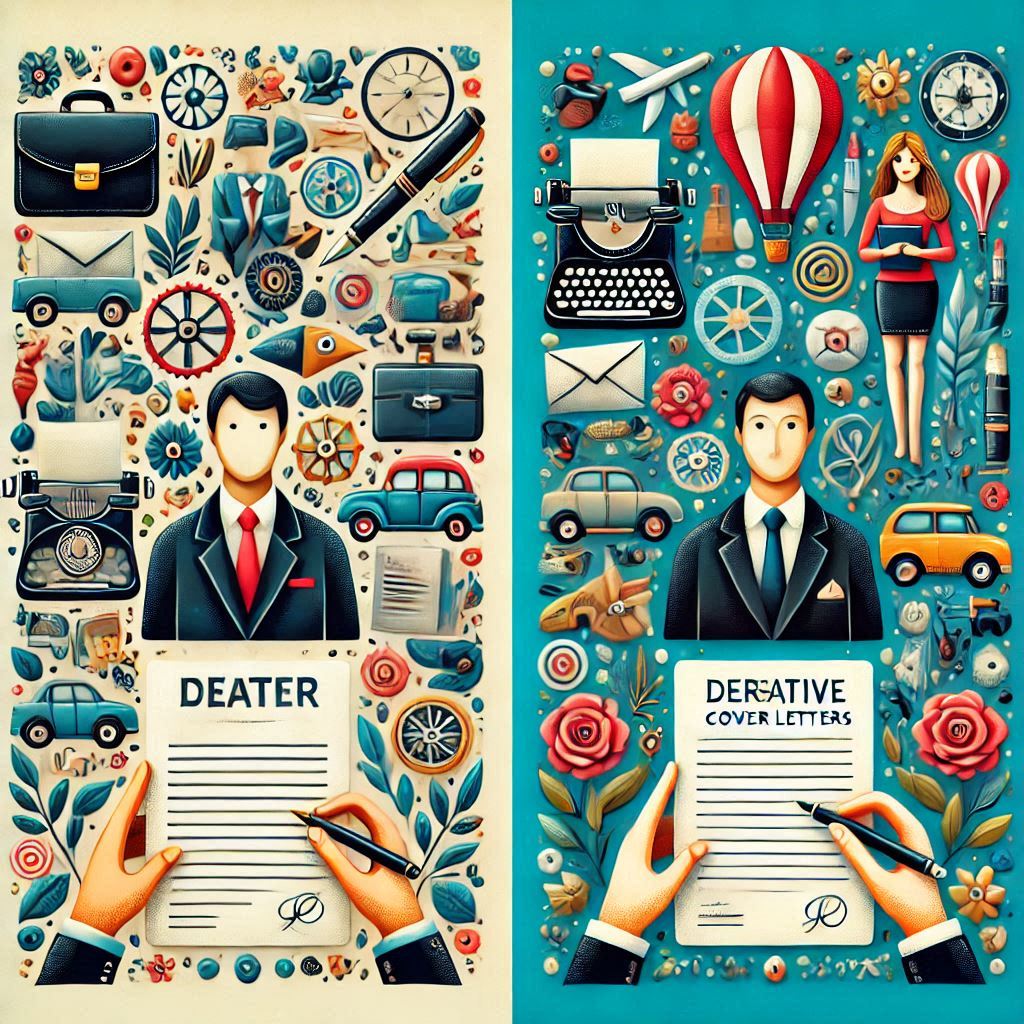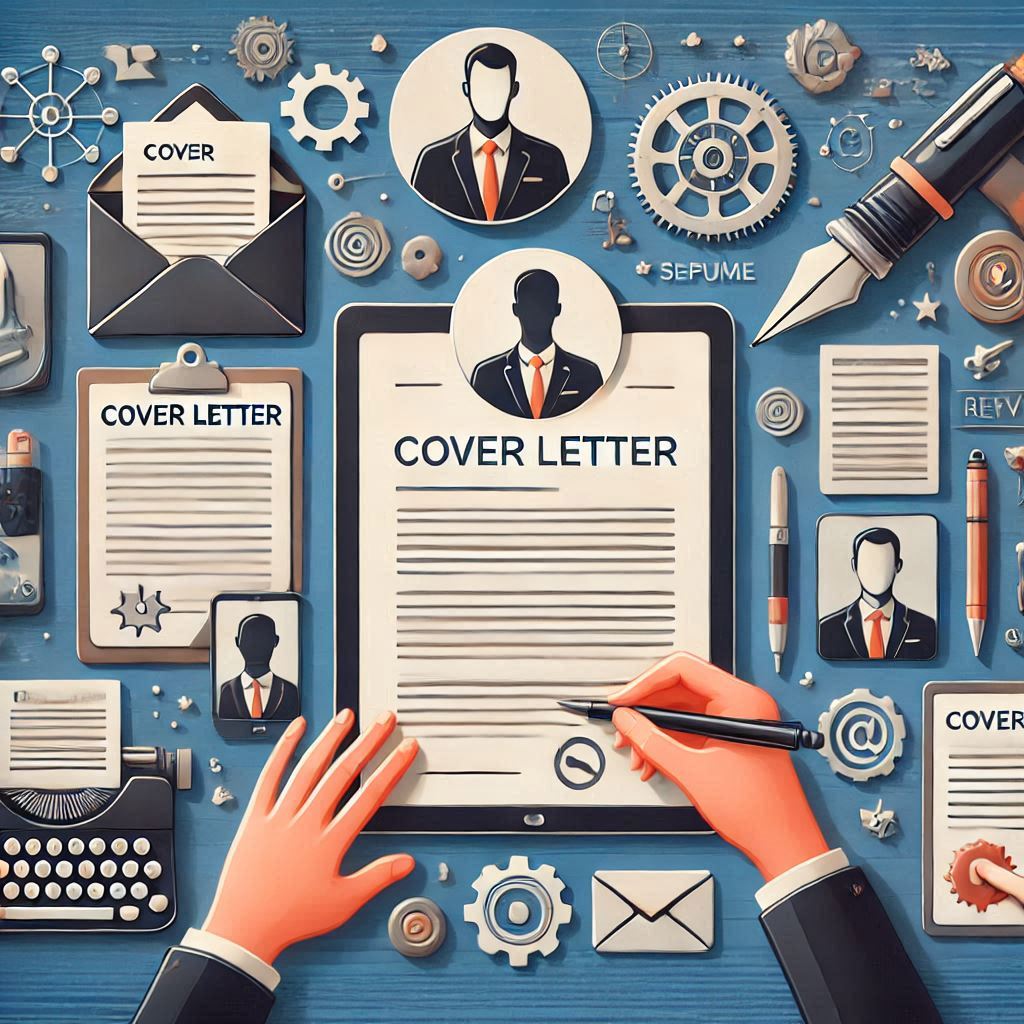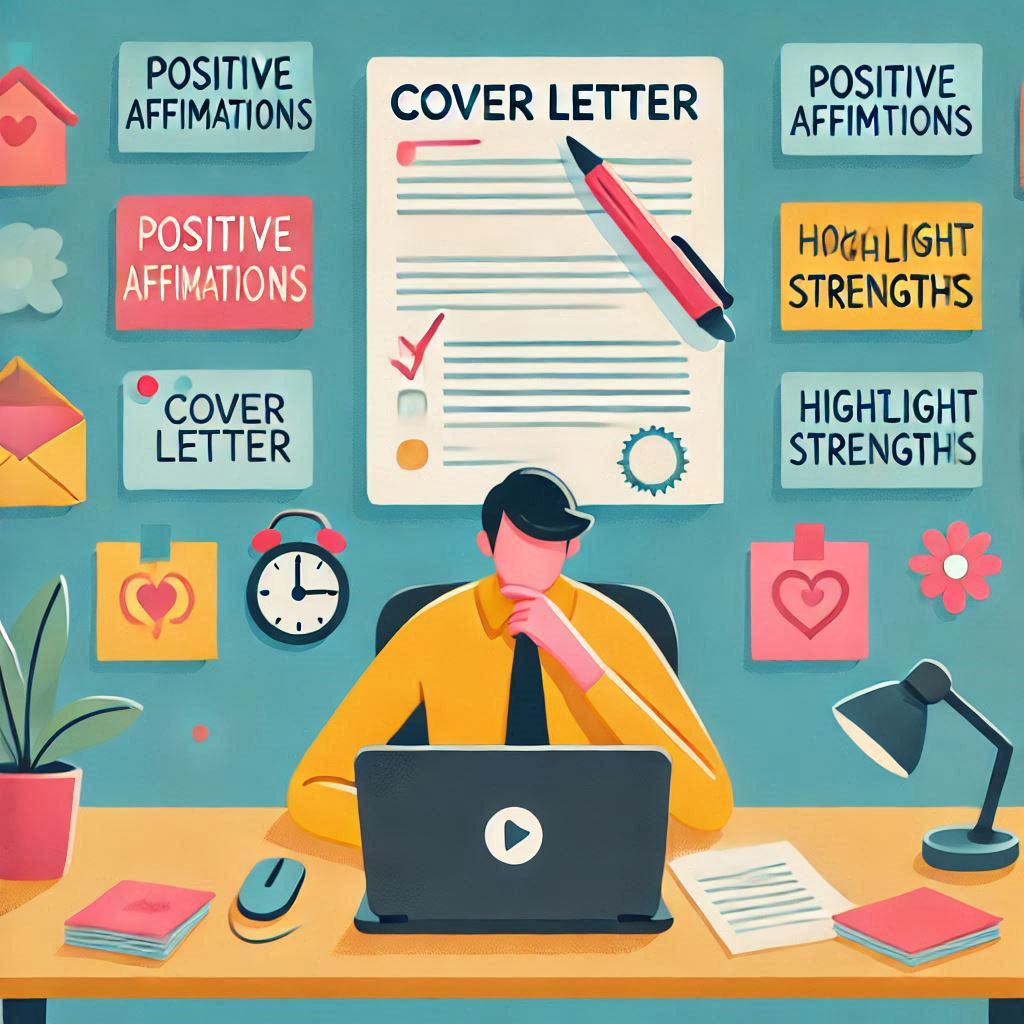Formal vs. Creative Cover Letters: Which One to Choose?
Formal:
- Best for: Corporate, finance, and traditional industries.
- Focus: Professionalism, qualifications, and a structured format.
Creative:
- Best for: Marketing, design, and startups.
- Focus: Personality, innovation, and a unique approach.
CVKOM helps you choose the right approach and craft a winning cover letter.
Comparing
Formal and Creative Cover Letters
When crafting a cover letter, the
tone, structure, and content you choose can vary significantly depending on the
industry, company culture, and the job you’re applying for. While formal cover
letters are typically structured, professional, and conservative, creative
cover letters break away from traditional norms to showcase personality and
originality. At CVKOM, we help job seekers choose the right tone for
their cover letters to make a powerful impression. Here’s a comparison of
formal and creative cover letters, their purposes, and when to use them.
What
is a Formal Cover Letter?
A formal cover letter follows a professional structure, maintains a serious tone, and emphasizes
qualifications, achievements, and fit for the role. It is commonly used for
corporate, academic, and technical roles where professionalism and precision
are valued.
Characteristics
of a Formal Cover Letter:
- Structured Format:
Includes headers, salutations, clear paragraphs, and a closing signature.
- Professional Tone:
Focuses on qualifications and avoids personal anecdotes or humor.
- Conservative Language: Uses industry-standard phrases and avoids overly
casual terms.
- Focus on Fit:
Highlights how the candidate’s skills align with the job requirements.
Example:
"I am writing to apply for the Financial Analyst position at [Company
Name]. With over five years of experience in financial modeling and analysis, I
have consistently delivered data-driven insights that improved profitability
and efficiency."
What
is a Creative Cover Letter?
A creative cover letter is less conventional, showcasing personality, creativity, and unique experiences to
grab the hiring manager’s attention. It is often used in industries like
marketing, design, media, or startups where innovation and originality are
valued.
Characteristics
of a Creative Cover Letter:
- Unique Opening: Starts with a story, question, or bold statement to engage the reader.
- Casual Tone:
Uses conversational language while maintaining professionalism.
- Showcases Personality: Highlights individuality and personal qualities
alongside qualifications.
- Emphasis on Creativity: Includes examples of innovative thinking or
outside-the-box achievements.
Example:
"If you’re looking for a storyteller who can turn complex data into
compelling narratives, you’ve found your candidate. In my role as a Content
Strategist, I transformed dull metrics into engaging campaigns that boosted
user engagement by 50%."
Comparing
Key Elements
|
Element |
Formal Cover Letter |
Creative Cover Letter |
|
Tone |
Professional, reserved, and direct |
Conversational, engaging, and unique |
|
Structure |
Strict adherence to formal format |
Flexible, with room for creative elements |
|
Opening |
Direct and professional |
Attention-grabbing and unconventional |
|
Content Focus |
Emphasizes qualifications, skills, and achievements |
Combines personality, creativity, and accomplishments |
|
Standard industry phrases |
Playful, inventive, or personal language |
|
|
When to Use |
Corporate, academic, government, or technical roles |
Creative industries, startups, or roles valuing innovation |
When
to Use a Formal Cover Letter
- Industry:
Corporate, finance, legal, education, healthcare, or government.
- Job Role:
Positions requiring technical skills or advanced degrees.
- Company Culture:
Traditional or conservative organizations.
- Purpose:
To demonstrate professionalism, reliability, and alignment with industry
standards.
Example Formal Cover Letter Opening:
"I am excited to apply for the Senior Accountant role at [Company
Name], where I can leverage my CPA certification and five years of auditing
experience to drive financial accuracy and compliance."
When
to Use a Creative Cover Letter
- Industry:
Advertising, design, entertainment, technology, or marketing.
- Job Role:
Creative positions, roles requiring innovation or storytelling.
- Company Culture:
Startups or companies with a relaxed or unconventional culture.
- Purpose:
To stand out from the competition by showcasing personality and
creativity.
Example Creative Cover Letter
Opening:
"What do baking sourdough bread and running a marketing campaign have
in common? Both require patience, precision, and a dash of creativity—qualities
I bring to every project I tackle."
Benefits
of Each Approach
Formal
Cover Letter:
- Professionalism:
Instills confidence in traditional hiring managers.
- Clarity:
Presents qualifications in a clear, organized manner.
- Safe Choice:
Fits most industries and roles, avoiding the risk of over-personalization.
Creative
Cover Letter:
- Memorability:
Stands out in a crowded applicant pool.
- Personality:
Showcases individuality and passion.
- Connection:
Builds rapport with hiring managers looking for cultural fit.
How
to Choose the Right Approach
- Research the Company:
Review the company’s website, social media, and job description to
understand their culture and tone.
- Analyze the Industry:
Choose formal for corporate or technical fields, and creative for
industries valuing originality.
- Consider the Role:
For leadership or technical roles, lean formal; for creative or
client-facing roles, consider a creative approach.
- Assess the Audience:
Use LinkedIn or Glassdoor to learn about the hiring manager’s style or
preferences.
Examples
of Formal and Creative Cover Letter Openings
Formal
Opening Example:
"I am pleased to submit my
application for the Human Resources Manager position at [Company Name]. With
over seven years of HR experience and a proven track record of implementing
effective policies, I am confident in my ability to contribute to your
team."
Creative
Opening Example:
"People often tell me I have a
knack for turning chaos into order, which is why I thrive in dynamic
environments like the one at [Company Name]. In my previous role, I revamped
the onboarding process, reducing new hire turnover by 30%."
How
CVKOM Helps You Create the Perfect Cover Letter
At CVKOM, we provide tools to
help you decide between a formal or creative cover letter based on your
industry and role:
- Customizable Templates: Choose from formal and creative designs to suit your
needs.
- AI-Powered Suggestions: Receive tailored content ideas based on job
descriptions and company culture.
- Expert Guidance:
Learn how to balance professionalism with creativity for maximum impact.
Conclusion
The choice between a formal and
creative cover letter depends on the industry, role, and company culture.
Formal cover letters emphasize professionalism and alignment with traditional
values, while creative cover letters showcase individuality and innovation. By
understanding when to use each approach, you can craft a cover letter that
resonates with hiring managers and increases your chances of success. At CVKOM,
we’re here to help you create cover letters that align with your career goals.
Start crafting your perfect cover letter today!






